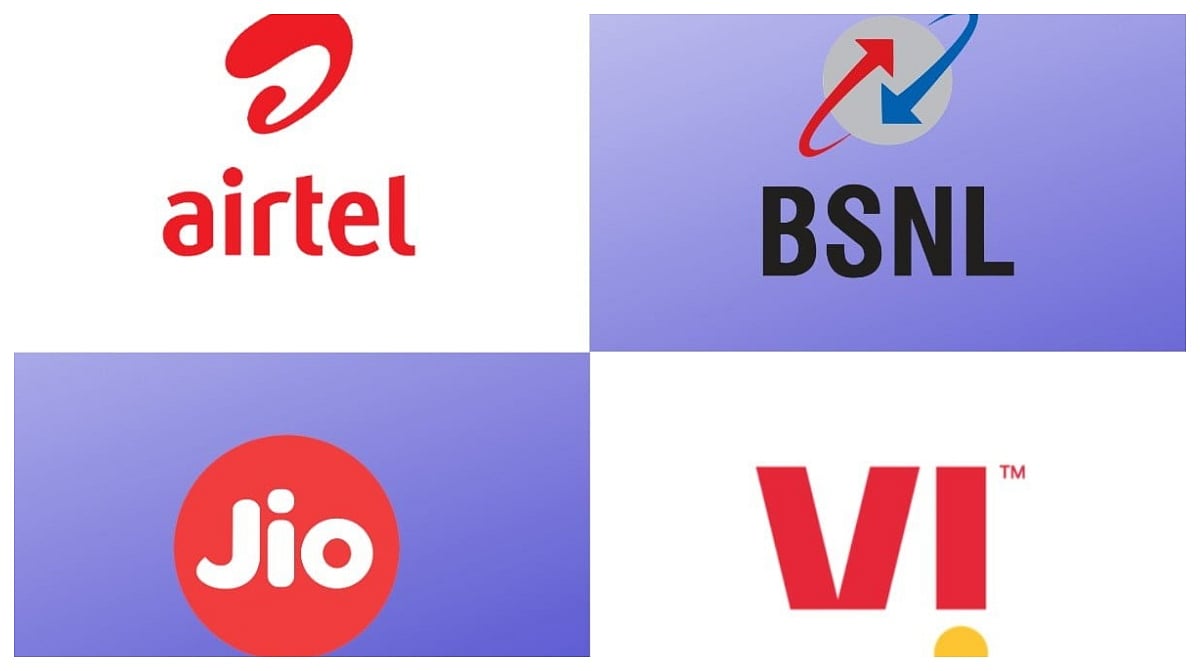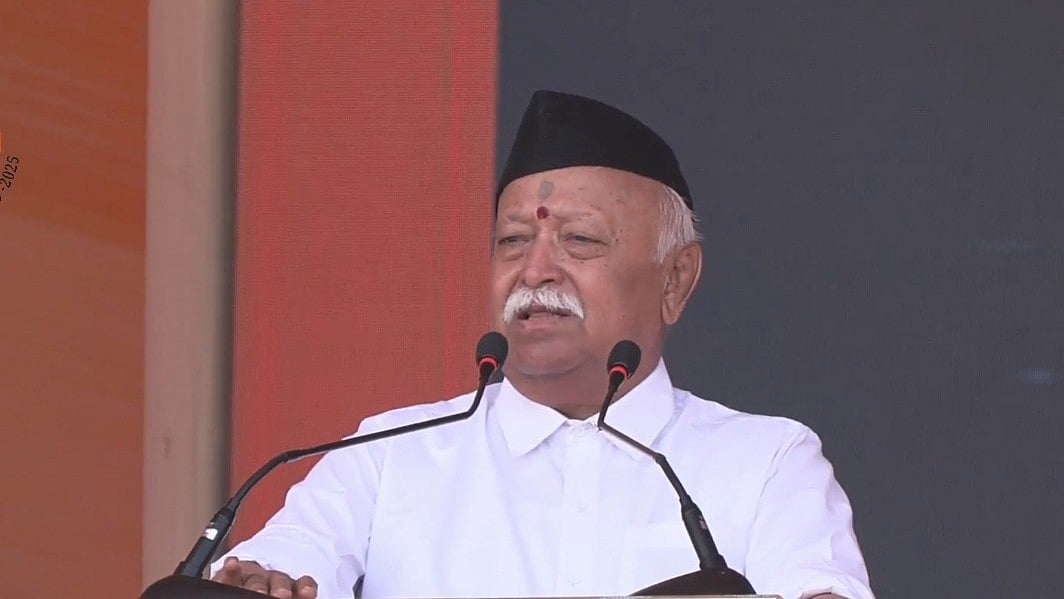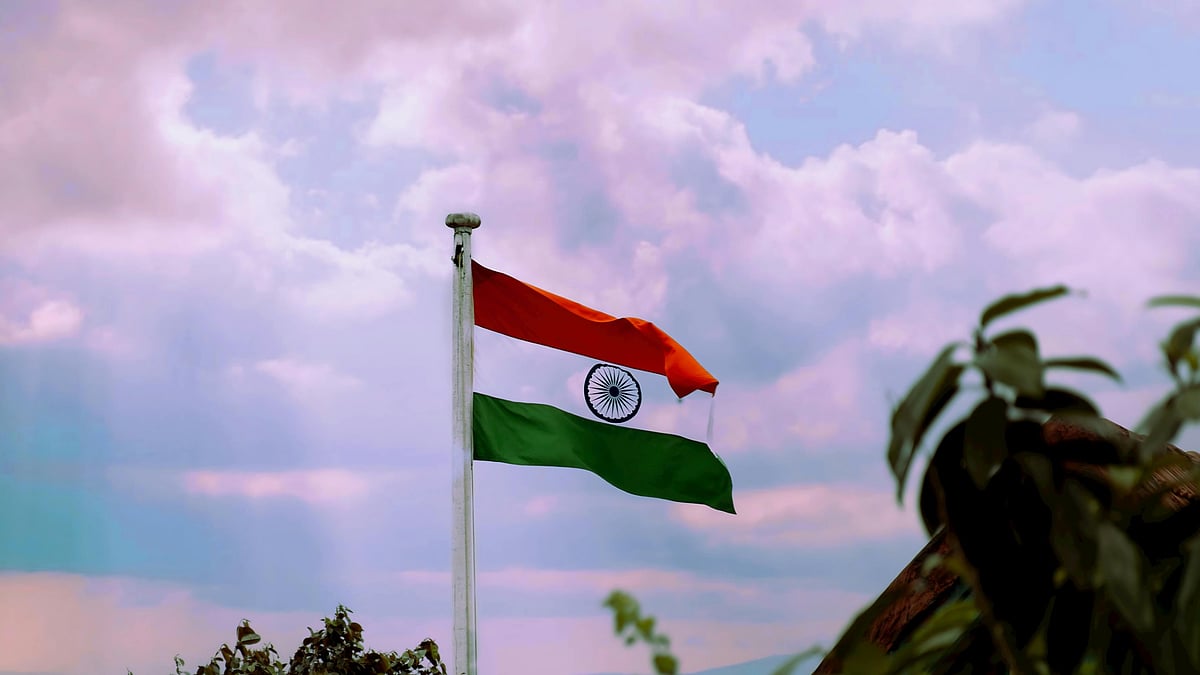The next meeting of the platform of various anti-Bharatiya Janata Party (BJP) political parties will be held in the National Capital on Tuesday, December 19. The theme for this four-and-a-half-eth edition of a series of meetings is said to be "main nahin, hum", which means "not me, us".
The theme is resonant with the central aim of the group – i.e., unity. It sounds very good, but while the theme of "I’m the king (or queen)" has become louder following the debacle of Congress after the results of the assembly elections in five states, will there be any compromise in the four-and-a-half-eth meeting?
But, why call it the four-and-a-half-eth meeting? Let’s take a look at the chronology of the “like-minded” Opposition summits. The first meeting of the Indian National Developmental Inclusive Alliance (INDIA) bloc was held in Patna on June 23. The second was in Bengaluru, July 17-18, the third in Mumbai, August 31-September 1.
While the inaugural meeting was convened by Bihar Chief Minister Nitish Kumar, the second was by Congress president Mallikarjun Kharge, and and the third was hosted by NCP chief Sharad Pawar.
The fourth edition was called by Kharge again, originally on December 6 in Delhi. Leaders of several other member-parties were not so forthcoming in their response, some even claimed that they had not received an invitation.
To be or not to be, the event was on the brink of uncertainty, even as December 3 – the day the Election Commission announced results of the elections in four states – came and went.
The Congress lost power in Rajasthan and Chhattisgarh and failed to wrest control of Madhya Pradesh again. Telangana was the lone state that offered a healing touch for the Grand Old Party.
The Congress slipped further in the country’s centre – the area also known as the cow-belt – from where nearly 60 per cent of the Lok Sabha’s MPs are elected.
Incidentally, there were speculations already floating in the sir that Nitish Kumar was miffed. Reports surfaced that the Bihar Chief Minister was unhappy for an apparent ignore he perceived among INDI Alliance members regarding his role in bringing the group together.
It is said that he was unhappy for not being unanimously accepted as at least the official convenor of INDIA bloc. The speculations gained some credence when he hurriedly returned to Patna in the middle of the Mumbai meeting, before the press conference was to happen in September 1. But Nitish Kumar pooh-poohed the allegations when asked about it later, claiming that he had to return to attend an important event back home.
Be what it may for the septuagenarian leader, meanwhile the Grand Old Party is slipping in the pecking order within the bloc. With victories in Himachal Pradesh and Karnataka assembly elections, the Congress considered itself the natural leader of the Opposition alliance despite some murmurs to the contrary within the bloc.
The 3-1 results in the recent state elections, followed by its marginalisation at the hustings in Mizoram, made the Congress lose its pole position. The kings (and queens)-of-what-they-surveyed was now writing the theme.
While it is claimed that there are 26 parties in the INDI Alliance, the dinner-meeting, called by the Congress on December 6, could witness the representation from no more than something about nine parties.
The Trinamool Congress, Samajwadi Party, RJD, JD(U), DMK and many other leaders were absent. In the words of an opposition leader, that meeting in Delhi was "... less than half, with lesser consequence..."
On the one hand, some top leaders – including West Bengal Chief Minister Mamata Banerjee – claimed that they would not be able to make it to the coordination meeting in such a short time due to a "short notice", on the other, the CPI(M) criticised the Congress for allowing their differences in states impact unity of the bloc at the Centre.
Thus, the December 6 meeting was held with a limited number of members, rechristened as "coordination meeting of Parliamentary party leaders". Hence, it turned into "half-meeting"!
That is why the theme of "we are the kings (or queens)” is expected to be reintroduced in the forthcoming meeting of the bloc with a Congress’ whitewash in the Hindi belt.
Though the purported alliance is for a seat coordination in the Lok Sabha elections next year, the members are regional satraps with state-centric interests. For example, how many of West Bengals’ 42 Lok Sabha seats is Mamata Banerjee expected to hand over to the Congress and/or to the Left parties? Pundits point out that just like several Congress supporters did not vote for Left candidates despite their alliance in the assembly elections, an understanding on ground or among voters of Trinamool-Left-Congress may be another distant dream.
Additionally, some comrades in West Bengal are reportedly unhappy with photographs showing CPI(M) General Secretary Sitaram Yechury sharing space with arch-rival Mamata Banerjee.
Therefore, Yechury is voicing facts – which may not be politically correct at this point – that even if there is a seat-sharing agreement, it will be at the state-level. In case of a nationwide alliance – it can only happen only after the results of the Lok Sabha elections are clear. That is – it will be a kind of “as, and when required” – whether the bloc can corner more than 250 Lok Sabha seats. And then only can it unite against Narendra Modi's BJP in 2024.
It is Yechury's party that is at the helm of the ruling Left Democratic Front in Kerala. It is almost certain that it can not enter into a state-level alliance with the main opposition United Democratic front, led by the Congress there. In fact, CPI(M) top leadership in the Central Committee went through many serious debates during the Left-Congress alliance in West Bengal.
In Uttar Pradesh, Akhilesh Yadav has done well in the last Assembly Elections. He does not spare a chance to take a dig at the Congress. He did contest elections in alliance with Rahul Gandhi once on the advice of election expert Prashant Kishor, but their parties lost convincingly that time. Thus, despite a friendly note once-a-while, he may not agree to share as many seats as the Congress may deem winnable.
Similarly, it is doubtful that Aam Admi Party supremo Arvind Kejriwal will agree to share the seven Lok Sabha seats in Delhi. The issue hangs fire in almost all states. In others, leaders like Naveen Patnaik of Odisha and YS Jagan Mohan Reddy of Andhra Pradesh are not expected to join hands with the INDI Alliance considering their political “equidistance” stance. The two states account for 46 seats.
In the rest, there is a direct contest expected between the Congress and the BJP in about 250 seats. How many of such constituencies will the Congress agree to compromise?
What next? For now, all eyes will be on INDI Alliance in Delhi – will the kings (and queens) of politics reconcile to “main nahin, hum”?
(Jayanta Bhattacharya is a Delhi-based journalist who’s been covering politics and conflict in South Asia for over three decades. He has covered the war in Afghanistan since 1991. He also writes on farmer and human-interest issues.)











